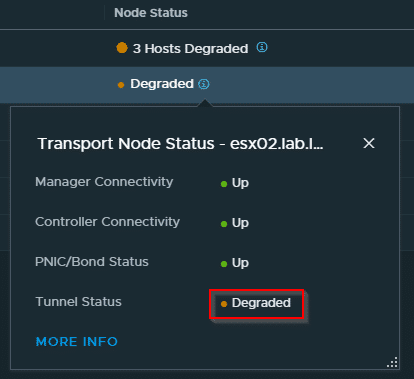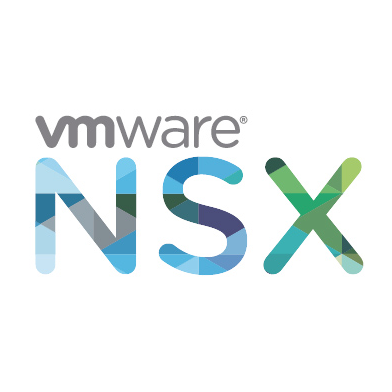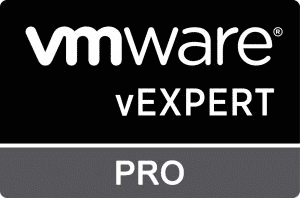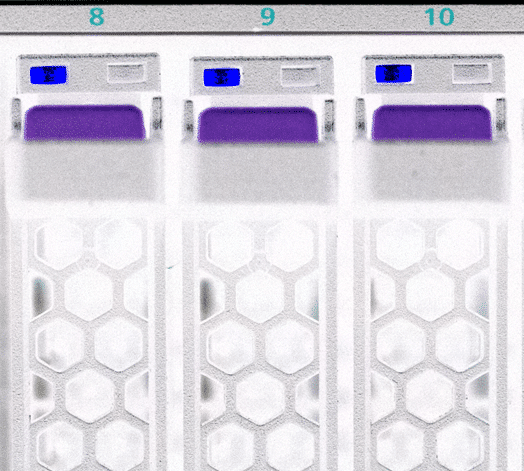Recently I activated Tanzu with NSX-T in my homelab. After some hurdles in the planning phase, the configuration worked fine and also north-south routing worked flawlessly. My edge nodes established BGP peering with the physical router and advertised new routes. New segments are immediately available without further configuratiom on the router.
One feature that distinguishes my lab from a production environment is that it doesn’t run 24/7. After the work is done, the whole cluster is shut down and the system is powered off. An idle cluster makes a lot of noise and consumes unnecessary energy.
Recently I booted the lab and observed that no communication with the router or DNS server was possible from my NSX segments. A perfect case for troubleshooting.

First I checked the Geneve tunnels between the transport nodes. Here everything was fine and every transport node was able to communicate with every other transport node. The root cause was quickly located in the edge nodes. Neither a reboot of the edges nor a vMotion to another host did improve the situation.

The Edges weren’t completely offline. They were administrable using the management network. Traceroute was working via T1 and T0 service routers up to the fastpath interface fp-eth0. From there, no packets were forwarded.

The interface fp-eth0 is connected to the distributed port group “Edge-Trunk” on vSwitch VDS-NSX. A quick check in the vSphere client showed that the uplink ports of both edges were blocked. Not in the “down” state, but blocked.

At this point, I would ask a customer what he has changed. But I am very sure that I did not make any changes to the system or the configuration. Yes, they all say that 😉
Continue reading “NSX-T Edge Ports blocked on N-VDS”




